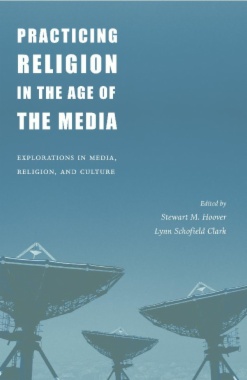This volume, a companion to Evaluating Welfare Reform in an Era of Transition, is a collection of papers on data collection issues for welfare and low-income populations. The papers on survey issues cover methods for designing surveys taking into account nonresponse in advance, obtaining high response rates in telephone surveys, obtaining high response rates in in-person surveys, the effects of incentive payments, methods for adjusting for missing data in surveys of low-income populations, and measurement error issues in surveys, with a special focus on recall error. The papers on administrative data cover the issues of matching and cleaning, access and confidentiality, problems in measuring employment and income, and the availability of data on children. The papers on welfare leavers and welfare dynamics cover a comparison of existing welfare leaver studies, data from the state of Wisconsin on welfare leavers, and data from the National Longitudinal Survey of Youth used to construct measures of heterogeneity in the welfare population based on the recipient's own welfare experience. A final paper discusses qualitative data.
- Cover
- Front Matter
- Introduction
- 1 Designing Surveys Acknowledging Nonresponse
- 2 Methods for Obtaining High Response Rates in Telephone Surveys
- 3 High Response Rates for Low-Income Population In-Person Surveys
- 4 Paying Respondents for Survey Participation
- 5 Adjusting for Missing Data in Low-Income Surveys
- 6 Measurement Error in Surveys of the Low-Income Population
- 7 Matching and Cleaning Administrative Data
- 8 Access and Confidentiality Issues with Administrative Data
- 9 Measuring Employment and Income for Low-Income Populations with Administrative and Survey Data
- 10 Administrative Data on the Well-Being of Children On and Off Welfare
- 11 The Right (Soft) Stuff: Qualitative Methods and the Study of Welfare Reform
- 12 Studies of Welfare Leavers: Data, Methods, and Contributions to the Policy Process
- 13 Preexit Benefit Receipt of Employment Histories and Postexit Outcomes of Welfare Leavers
- 14 Experienced-Based Measures of Heterogeneity in the Welfare Caseload
- Appendix: Agenda of the Workshop on Data Collection for Low-Income and Welfare Populations
- Index

